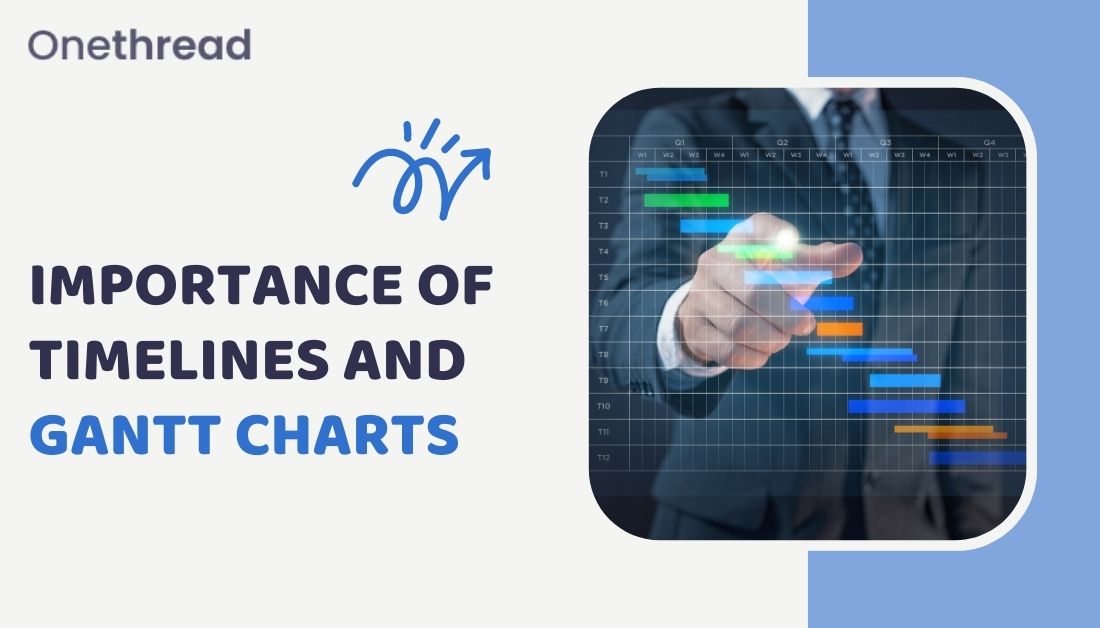Do you ever feel overwhelmed when trying to manage projects or tasks? Project managers and team leaders often need help to keep track of all the moving parts that go into completing a project.
Fortunately, there are tools available to help make this process easier. Gantt charts and timeline views visually represent your project so you can easily monitor progress and identify potential issues.
This blog post will discuss the differences between Gantt Chart vs. Timeline and how each can help plan, manage, and monitor projects. We will also explore how Onethread’s Gantt Chart and Timeline View can help you to visualize your projects in a way that is intuitive and easy to use. So, let’s get started!
What Is A Gantt Chart, And Why Is It Important?
A Gantt chart is a horizontal bar chart used to illustrate the schedule for a project. It serves as a visual representation of a project schedule, displaying tasks against a timeline.
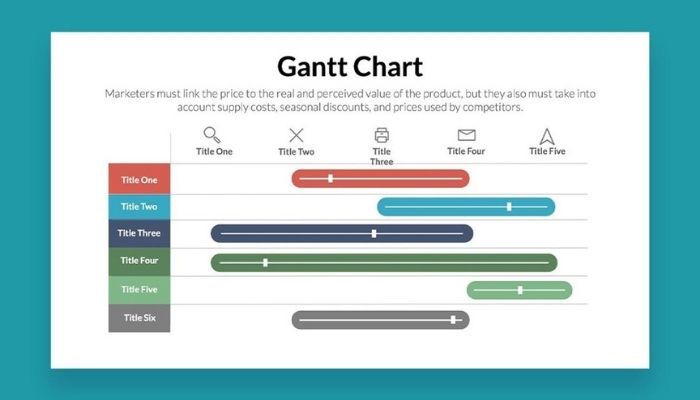
With this visual layout, project managers can see when tasks start and end, how long they should take, and how they group, overlap, and link.
Here are the essential features of the Gantt Chart.
- Visual Representation: Gantt charts visualizes the entire project, making it easier to understand the project timeline.
- Task Dependencies: Gantt Charts highlight task dependencies crucial for efficient project planning.
- Progress Tracking: Gantt charts allow for easy project progress tracking against the planned schedule.
- Resource Allocation: Gantt charts help allocate resources and workload, ensuring that resources are efficiently utilized.
- Communication Tool: Gantt charts are excellent communication tools, providing team members and stakeholders with a clear picture of the project timeline and progress.
How To Use Gantt Charts To Manage Projects?
Gantt charts are vital for project management. They help track progress, manage resources, and visualize the project’s scope.
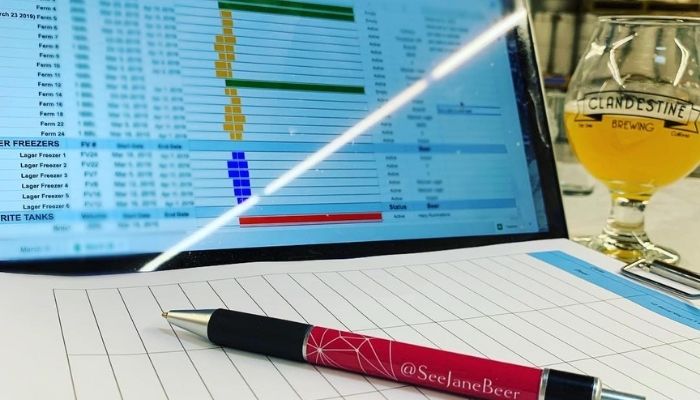
By listing tasks, estimating durations, and identifying dependencies.
Tasks are represented by horizontal bars on the chart, showing their duration and start/end dates. Arrange tasks in the required order and update the chart regularly to inform everyone and ensure timely completion.
Advantages & Disadvantages Of Using A Gantt Chart For Project Management
Gantt charts offer numerous benefits, some of which are:
- A visual summary of the project that gives you the project overview
- Workload management with less calculation in your head
- Easy progress tracking
However, Gantt charts also have their drawbacks, which include:
- Complexity for large projects
- Requiring regular updates to reflect the current status of the project
What Is A Timeline And Why Is It Important?
A timeline view is similar to a Gantt chart, providing an overview of the project schedule. It presents information in a linear format, allowing project managers and team members to grasp the project’s timeline at a glance.
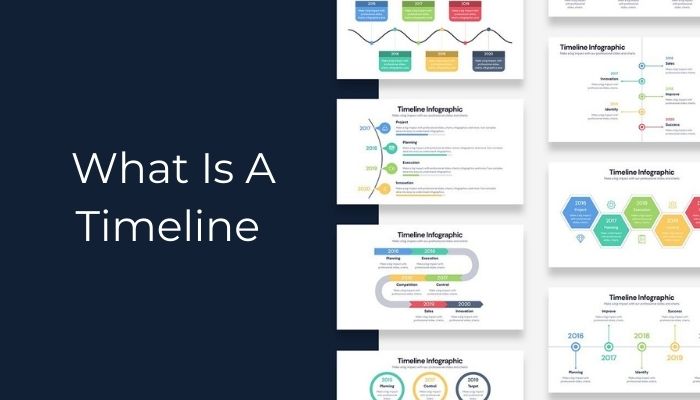
In addition to visualizing tasks and milestones within a project timeline, you can use timelines to present ideas or concepts over time. Here are some key benefits of using timeline views for project management:
- Simplicity: A timeline can easily convey complex information with minimal effort due to its intuitive design.
- Flexibility: Timelines can be customized to include different elements such as text, images, videos, and more. It makes them an excellent tool for presenting ideas or concepts over time.
- Visualization: A timeline view provides a clear overview of the project timeline and progress in an easy-to-understand visual format.
- Visual Appeal: Timelines provide more flexibility in design and visuals, making them an ideal choice for presentations or reports.
- Engagement: Timelines are more engaging than Gantt charts, as the user can enhance timelines with videos, images, and other multimedia elements.
- Collaboration: Timelines allow for easier collaboration between teams, as they can be shared and edited in real-time.
How To Use Timelines For Project Management?
Timelines are essential for project managers to visualize schedules, track progress, and communicate plans to stakeholders. To create a timeline, list tasks with durations and dependencies, then plot them chronologically.
Markers or bars represent tasks, with position indicating start dates and length representing durations. Maintain the timeline as a living document, updating it regularly to reflect actual progress, adjust tasks, and accommodate new additions.
Advantages & Disadvantages Of Using A Timeline For Project Management
While there are many other visual methods for project management, the following are the reasons why you should consider using a timeline:
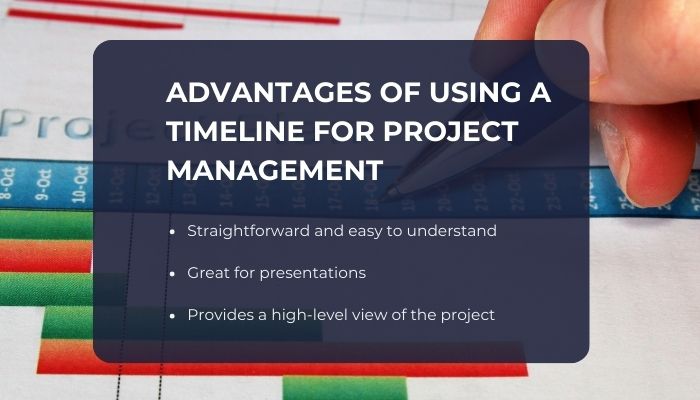
- Straightforward and easy to understand
- Great for presentations
- Provides a high-level view of the project
Like every other processes, timelines also have their disadvantages, which include:
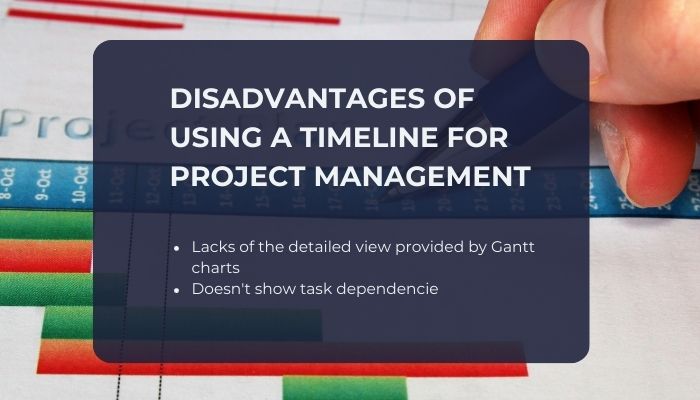
- Lacks of the detailed view provided by Gantt charts
- Doesn’t show task dependencies
Gantt Chart Vs. Timeline In Different Scenarios & Applications
Gantt charts and timelines are effective visual approaches to project management, but which is better for a particular task or scenario?
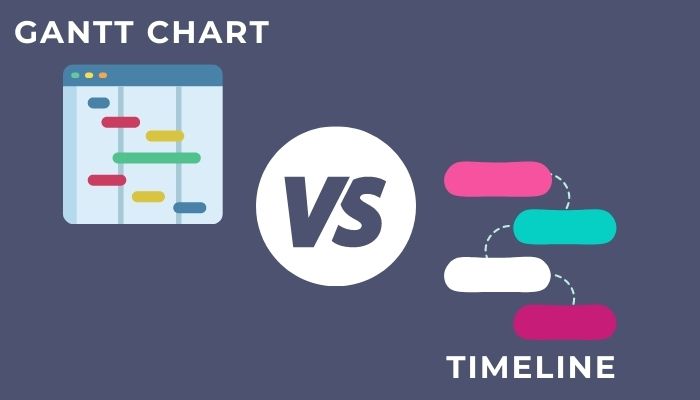
While Gantt charts can be used for any project, they are best suited for tasks involving multiple steps with dependencies. On the other hand, Timelines are better suited for visualizing ideas and concepts over time.
A comparison table outlines the critical differences between Gantt Charts and Timelines in different scenarios and applications:
| Key Point | Gantt Chart | Timeline |
| Complexity of Projects | Ideal for complex projects with many tasks and dependencies. | Best suited for more straightforward projects with fewer tasks and dependencies. |
| Detail Level | Provides a detailed view of tasks, their sequence, duration, and dependencies. | Provides a high-level view of tasks and their sequence, but lacks detail on task dependencies. |
| Resource Management | Excellent for managing resources and workloads, as it provides a clear view of who is working on what and when. | Does not provide detailed information on resource allocation. |
| Communication | Effective for internal team communication, especially when dealing with complex projects. | Excellent for presenting the project plan to stakeholders due to its simplicity and high-level view. |
| Updates and Adjustments | Requires regular updates and adjustments to reflect the current status of the project. | Easier to update and adjust due to its simpler structure. |
Best Practices For Using Gantt Charts And Timelines
Whether you’re using a Gantt chart or a timeline, following best practices is important. This includes:
- Setting Clear Project Objectives
Before diving into creating Gantt charts or timelines, it is crucial to establish clear project objectives and goals. It will help you determine which tasks are most important and what resources must be allocated for each task.
When you have a clear goal, creating effective Gantt charts and timelines is much easier.
- Breaking Down Tasks and Subtasks
Once the project objectives are defined, break down the project into smaller, manageable tasks and subtasks. This process helps identify all the components and activities required to complete the project successfully.
Breaking down tasks into smaller units facilitates better planning, scheduling, and resource allocation.
- Assigning Responsibilities and Deadlines
Assigning responsibilities and deadlines to team members is a crucial step in project management. Assign specific roles and responsibilities to each team member to ensure that tasks are completed on time.
It will help you manage the project more effectively and meet all deadlines.
- Regular Monitoring and Updates
Make sure to regularly monitor the progress of your project and update Gantt charts or timelines as needed. It helps you stay on track with the project timeline and identify any potential risks that might arise.
Regular updates also help ensure that everyone involved is updated with progress.
- Adjusting Plans as Necessary
No matter how well you plan, unexpected changes will always occur throughout a project. It is important to remain flexible and adjust plans to stay on track with the timeline.
It helps to ensure that all tasks are completed on time and within budget.
What Are The Best Software Solutions For Creating Gants & Timelines?
There are numerous software solutions available for creating Gantt charts and timelines. But, Onethread is the best potent project management tool that combines the features of Gantt charts and timelines seamlessly.
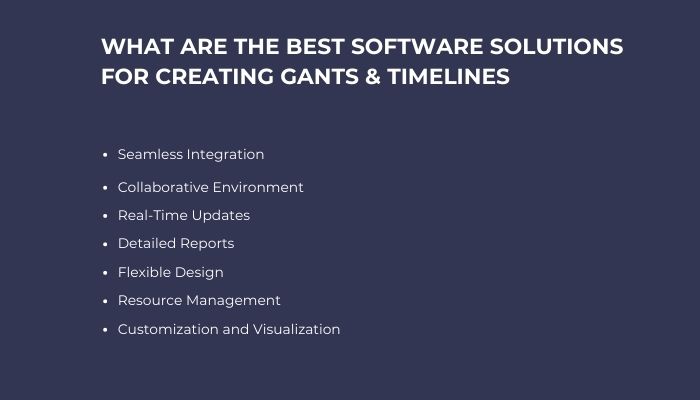
It offers a user-friendly interface, robust features, and the flexibility to adapt to your project’s needs. With Onethread, you can easily customize Gantt charts and timelines with a few clicks.
Onethread also allows you to monitor progress in real-time and adjust plans as needed. With its powerful features, Onethread is the perfect tool for managing any project size.
Here are five beneficial points highlighting how Onethread can enhance your Gantt chart and timeline creation process:
Seamless Integration
Onethread integrates Gantt charts and timelines into its project management framework. It provides a dedicated workspace to create, customize, and manage your Gantt charts and timelines alongside other project-related tasks and information.
These integrations ensure that your Gantt charts and timelines are always in sync with the project’s progress and updates.
Collaborative Environment
Onethread fosters collaboration among team members by providing a centralized platform for Gantt chart and timeline creation. Team members can access and contribute to the Gantt charts and timelines, making it easy to coordinate tasks, share progress, and communicate updates.
This collaborative environment enhances teamwork and improves overall project efficiency.
Real-Time Updates
Onethread allows you to track and monitor progress in real-time. It ensures that everyone involved is kept up-to-date with project updates, making it easier to identify potential risks or delays before they arise.
Detailed Reports
With Onethread, you can generate detailed reports on the progress of your Gantt charts and timelines. It provides a clear timeline overview and data such as task duration, completion status, and budget information.
These reports are invaluable for tracking project performance and ensuring the timely delivery of tasks.
Flexible Design
Onethread offers an intuitive drag-and-drop interface that makes creating Gantt charts or timelines easy. It also provides customizable templates and layouts to tailor the design of your Gantt charts and timelines to fit your project’s needs.
Resource Management
Onethread’s resource management capabilities enhance Gantt chart and timeline creation by allowing you to allocate resources to tasks and track resource availability.
This feature ensures that resources are properly assigned, preventing overallocation or underutilization. It also provides insights into resource constraints and helps optimize resource allocation for better project outcomes.
Customization and Visualization
Onethread offers extensive customization options for Gantt charts and timelines. You can tailor the appearance, layout, and formatting of your Gantt charts and timelines to suit your project’s requirements and visual preferences.
This customization lets you present your project data clearly and visually engagingly, making it easier to communicate project plans and progress to stakeholders.
Conclusion
Both Gantt charts and timelines are valuable tools in project management. They each offer unique advantages and can be used in different scenarios. Gantt charts are excellent for tracking progress and managing resources, while timelines are ideal for visualizing a project’s timeline.
Remember, no matter which tool you choose, it is crucial to ensure all tasks are completed on time and within budget. Onethread’s robust features help ensure that your Gantt charts and timelines are always up-to-date with project progress and allow maximum customization.
Start using Onethread today to enhance the success of your projects!
